The Forest Practices Board (Board) is British Columbia’s independent forest and range watchdog. On behalf of the public, it monitors and reports on forest and range practices on public land. One of the main ways it does this is through field-based compliance audits of forest and range licensees.
The purpose of this guide is to help licensees prepare for a Board range audit and discuss how to conduct their practices to avoid issues most commonly found in past audits. This guide answers some frequently asked questions and provides potential auditees with background information on the audit process.
In June 2014, the Forest Practices Board decided on three strategic priorities to help guide its work over the next 3-5 years.
Between February 26 and March 31, 2015 the Forest Practices Board conducted a benchmark survey. The objective of this survey was to improve the Board’s understanding of its perceived value and performance in pursuing its mission, and to establish baseline metrics to ensure verifiable, meaningful progress can be made. This in turn will better position the Board to evaluate and improve upon its watchdog function and focus its outreach and communication activities with key stakeholder groups.
In 2011, the Ministry of Forests, Lands and Natural Resource Operations (FLNR), the Ministry of Environment and 12 heli ski/cat ski operators signed two memoranda of understanding (MOUs) regarding the management of helicopter and snowcat skiing in mountain caribou habitats. The MOUs, being consistent with government’s mountain caribou recovery objectives, include provisions for adapting to caribou encounters, among other things, and reporting this information to FLNR by May 31 each year.
This audit highlights the beneficial aspects of having an industry, with the potential to adversely impact a sensitive wildlife resource, follow agreed upon procedures to manage and minimize wildlife encounters, and to self-report on those encounters.
The Forest Practices Board (Board) is British Columbia’s independent forest and range watchdog. On behalf of the public, it monitors and reports on forest and range practices on public land. One of the main ways it does this is through field-based compliance audits of forest and range licensees.
The purpose of this guide is to help licensees prepare for a Board audit and discuss how to conduct their practices to avoid issues most commonly found in past audits. This guide answers some frequently asked questions and provides potential auditees with background information on the audit process.
